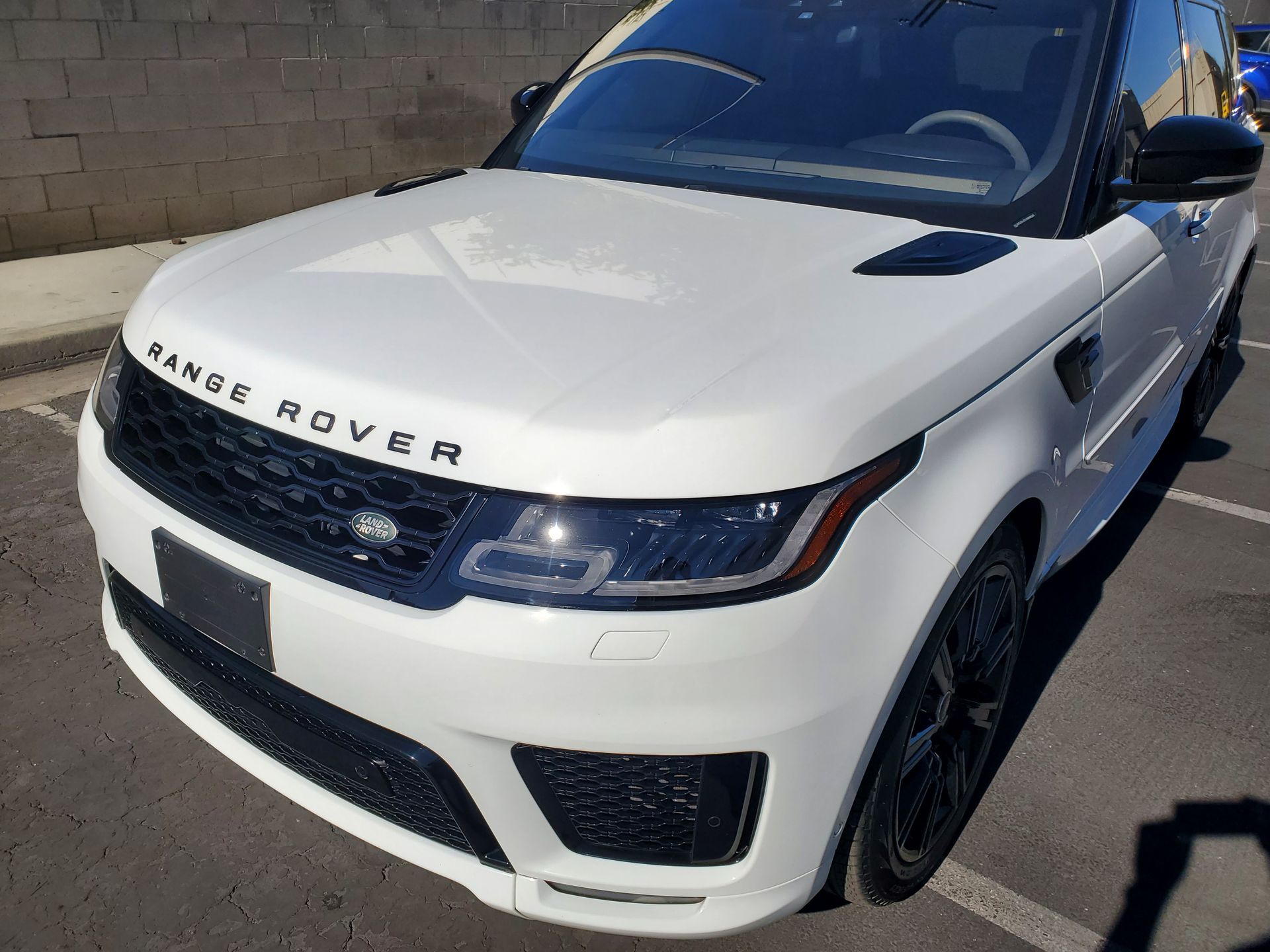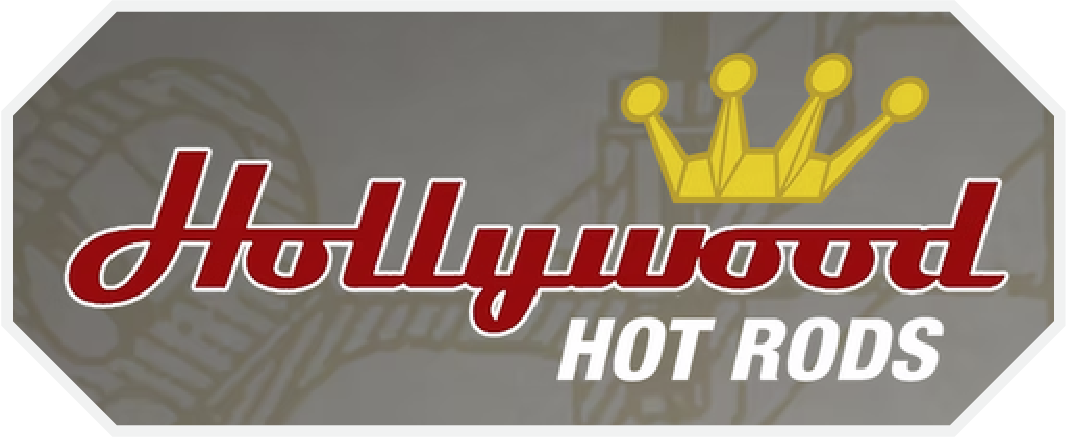How Long Does Paint Protection Film Last?
Table of Contents
Paint protection film is a comprehensive solution for car protection and exterior maintenance by shielding the car's paint from UV rays, scratches, and dirt. But, how long does PPF last? Final Appearance Detailing & Protection provides information about PPF, its lifespan, and how to maintain it. This guide will help you determine whether PPF is the right long-term investment for your vehicle.

Key Takeaways
- High-end PPF can last for approximately 10 years when properly maintained and professionally installed.
- PPF also acts as a protective shield from road debris, scratches, and ultraviolet radiation.
- Regular washing with pH-neutral cleansers maintains clarity and brilliance.
- PPF has greater durability for a longer time than ceramic coating, but it costs more.
- Yellowing edges that flake or bubble mean the film needs replacement.
- Pairing PPF with ceramic coating enhances gloss and water beading performance.
What Is Paint Protection Film (PPF)?
Paint protection film, also known as clear bra or protective film, is a clear polyurethane surface film designed to prevent damage from sunlight, oxidation, and contaminants. PPF protects the original paint without changing the color or texture of the paint.
At Final Appearance Detailing & Protection, we offer
PPF service that uses material from XPEL to provide effective protection and a superior finish.
How Long Does PPF Last?
The PPF lifespan is typically 5–10 years, depending on the quality of the film, vehicle care, and weather conditions. To maximize durability and maintain clarity for around 10 years, you should choose high-end, UV-stable, non-yellowing film installed by professionals. Installing PPF is a long-term investment that safeguards the paint and reduces the need for future repairs.
Factors Influencing PPF Durability
There are many factors, from materials, environment, and usage habits, that affect the PPF lifespan. Understanding these factors helps vehicle owners properly maintain protective coatings.
Material Quality
Material quality plays the most important role in PPF longevity. High-quality PPF helps protect vehicle paint from UV rays, prevents fading, and maintains shine for up to 10 years.
Installation Expert
Installation quality determines the adhesion and effectiveness of the film. Therefore, you should choose certified technicians to ensure compliance with OEM standards and provide service with flawless results.
Environmental Conditions
Excessive heat, sunlight, and road salt can cause fading, yellowing, and corrosion of the PPF if not treated properly.
Driving Habits And Vehicle Usage
Driving frequency and terrain have a direct impact on paint care and film durability. Rough roads, gravel, and frequent highway travel increase the risk of rock chips, abrasion, and surface wear
PPF Vs Ceramic Coating: Which Is Better?
Both paint protection film and ceramic coatings offer benefits in protecting and caring for modern vehicle paint. Each has its own advantages in terms of durability, maintainability, appearance, and cost, as follows:
| Feature | PPF | Ceramic Coating |
|---|---|---|
| Longevity | 5–10 years with self-healing and scratch-resistant layers. | 2–5 years; forms a hydrophobic layer against UV and stains. |
| Protection | A physical barrier that stops chips and abrasion. | Chemical shield that resists dirt and oxidation. |
| Maintenance | Needs regular cleaning to keep the top coat clear. | Easy to clean; the hydrophobic surface repels grime. |
| Appearance | Keeps factory gloss with UV protection. | Adds deep gloss and smooth paint finish. |
| Cost | Higher cost, longer-lasting paint preservation. | Lower cost, best when layered over PPF. |
If you want a comprehensive protection layer with a long life, choose PPF. On the contrary, if you want to protect the paint and enhance the aesthetics with a glossy appearance and lower cost, choose ceramic coating.
Proper Care For Maximizing PPF Lifespan
Regular exterior maintenance helps keep the film surface clean and prevents dirt build-up, which in turn helps prevent damage from neglect. Consider the following tips during your vehicle care to extend your PPF lifespan.
Regular Cleaning
Gently wash with pH-neutral soap, microfiber cloths, and air dry to avoid scratching the PPF surface. Avoid automatic car washes as the brushes can damage the film or reduce its shine.
Avoid Using Harsh Chemicals
Strong detergents can strip the paint or damage the self-healing layer. Use low VOC detergents and soft microfiber wipes to prevent corrosion or yellowing.
Remove Scratches And Swirls
Minor scratches on the self-healing film will fade naturally with exposure to mild heat. For deeper scratches, scratch removal, swirl correction, or professional polishing can restore shine and clarity.
When To Replace Or Remove PPF
Even the most durable paint protection film (PPF) can show signs of aging and wear. Knowing when to replace or remove the film helps maintain paint protection, surface quality, and the overall appearance of your vehicle.
- Yellowing: Over time, the anti-yellowing layer begins to degrade under the influence of UV rays. When you notice your PPF film turning amber, you should replace it soon to restore clarity and maintain paint protection.
- Peeling Edges: Edges that begin to peel or separate from the surface indicate a damaged adhesive layer, which is a sign that the PPF needs to be replaced to prevent moisture from entering and protect the paint underneath.
- Bubbling Or Bubbling: When you notice small air pockets or bubbles appearing on the PPF surface, this is a sign of contamination under the surface film or damage to the adhesive layer.
- Surface Cracking Or Wear: Over time, the self-healing layer and anti-scratch layer may develop small cracks or scratches. This wear and tear weakens the film’s ability to protect against debris and oxidation.
- Film Lifespan: Most standard protective films have a lifespan of around 5–10 years, depending on the environment and care. Even if there is no visible damage, the old material will lose its elasticity and adhesion, so the PPF will need to be replaced at the end of its life.
Book Your Paint Protection Film Near Me Today!
Protect your car with certified car detailing professionals to get a comprehensive PPF service near you. Book an appointment with Final Appearance today to keep your vehicle looking shiny, protected, and like new for years to come.
FAQs
Can PPF last more than 10 years?
Yes. High-quality PPFs can last more than ten years, depending on usage habits, driving conditions, and weather.
Does ceramic coating extend the life of PPF?
Yes. Applying a ceramic coating will add a hydrophobic layer and top coat, enhancing the protection, gloss, and life of PPF.
How does PPF compare to wax or sealant?
Unlike traditional wax or sealant, paint protection film is abrasion-resistant, UV-resistant, anti-oxidation, and has a longer life.
Can PPF be used on any type of vehicle?
Yes. Paint protection film is pre-cut to order to fit any type of vehicle.
How to keep PPF clean?
Regular car washing, polishing, buffing, and paint sealing will maintain the clear coat and anti-yellowing layer, ensuring long-lasting clarity.





